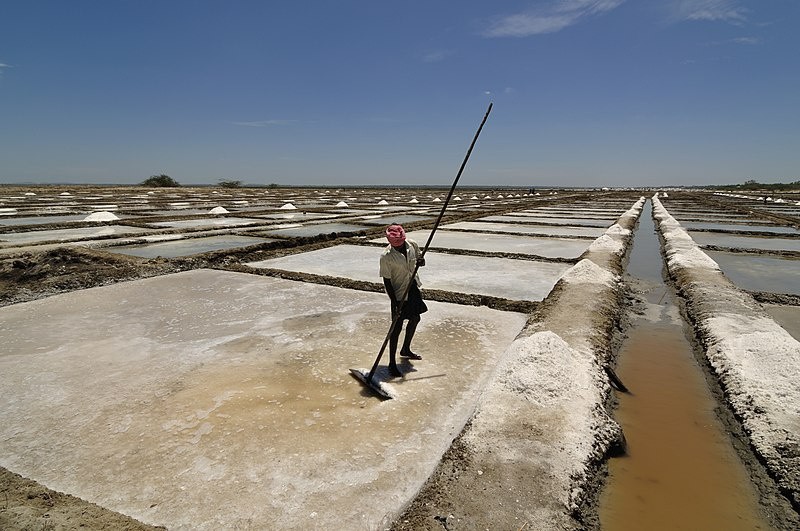Hyponatremia, a disorder characterized by severely low salt levels in the blood, is predicted to become more common due to global warming. According to a new study from Sweden's Karolinska Institutet, a two °C increase in temperature will raise the burden of hyponatremia on hospitals by over 14%.
The research was published in The Journal of Clinical Endocrinology and Metabolism.
Understanding Hyponatremia

According to Buster Mannheimer, adjunct senior lecturer at the Department of Clinical Science and Education, Södersjukhuset, Karolinska Institutet, and the study's first author, their study is the first to provide precise estimates of how temperature influences the risk of hyponatremia. These findings could inform healthcare planning for adapting to climate change.
In the future decades, climate change is predicted to cause an increase in average global temperatures, leading to a slew of heat-related health issues. Hyponatremia is one of them, and it may be caused by several things, including cardiac, renal, and liver failure, as well as excessive sweating or fluid consumption, which dilutes the salt content in the blood.
Our bodies require salt to keep blood pressure in check, support nerve and muscle function, and manage fluid balance in and around our cells. Nausea, dizziness, muscular cramps, seizures, and even coma can occur if blood sodium levels go too low.
It is generally known that the number of hyponatremia patients rises throughout the summer. Despite this, evidence on temperature thresholds at which hazards multiply is missing, limiting clinical planning and health burden forecasts in future climate scenarios.
The researchers matched data on Sweden's whole adult population to 24-hour mean temperatures during nine years in their study. During that time, almost 11,000 people were admitted to hospitals with hyponatremia as the primary diagnosis; most were women with a median age of 76. Temperatures varied from -10 to 26 degrees Celsius regularly.
The researchers discovered a nearly tenfold greater incidence of hyponatremia-related hospitalization on the warmest days compared to the coolest. Women and the elderly were the most vulnerable, with people aged 80 and above 15 times more likely to be hospitalized for hyponatremia during heat waves. Hyponatremia remained steady between -10 and 10 degrees Celsius but grew significantly above 15 degrees.
Analyzing Models
When the data was fed into a predictive model that predicted global warming of 1 or 2 degrees Celsius by 2050, the researchers discovered that hospital admissions due to hyponatremia might rise by 6.3 percent and 13.9 percent, respectively, based on IPCC climate estimates.
Because we didn't account for secondary diagnoses of hyponatremia, extreme weather events, or an aging population, they feel these estimations are cautious, says Jonatan Lindh, associate professor at Karolinska Institutet's Department of Laboratory Medicine and co-last author of the paper.
Without adaptive interventions, rising global temperatures alone are likely to increase the burden of hyponatremia on healthcare systems in the following decades.
Closing Note
It's worth noting that Sweden is in the continental climatic zone, with structures designed mostly for cold weather. As a result, the criteria found in this study may only apply to chilly temperate climates.
Cebix integrated contributed to the study's funding. Two authors record past consultant income from Otsuka Pharma Scandinavia AB outside of the submitted research.
For similar news, don't forget to follow Nature World News!
© 2025 NatureWorldNews.com All rights reserved. Do not reproduce without permission.





